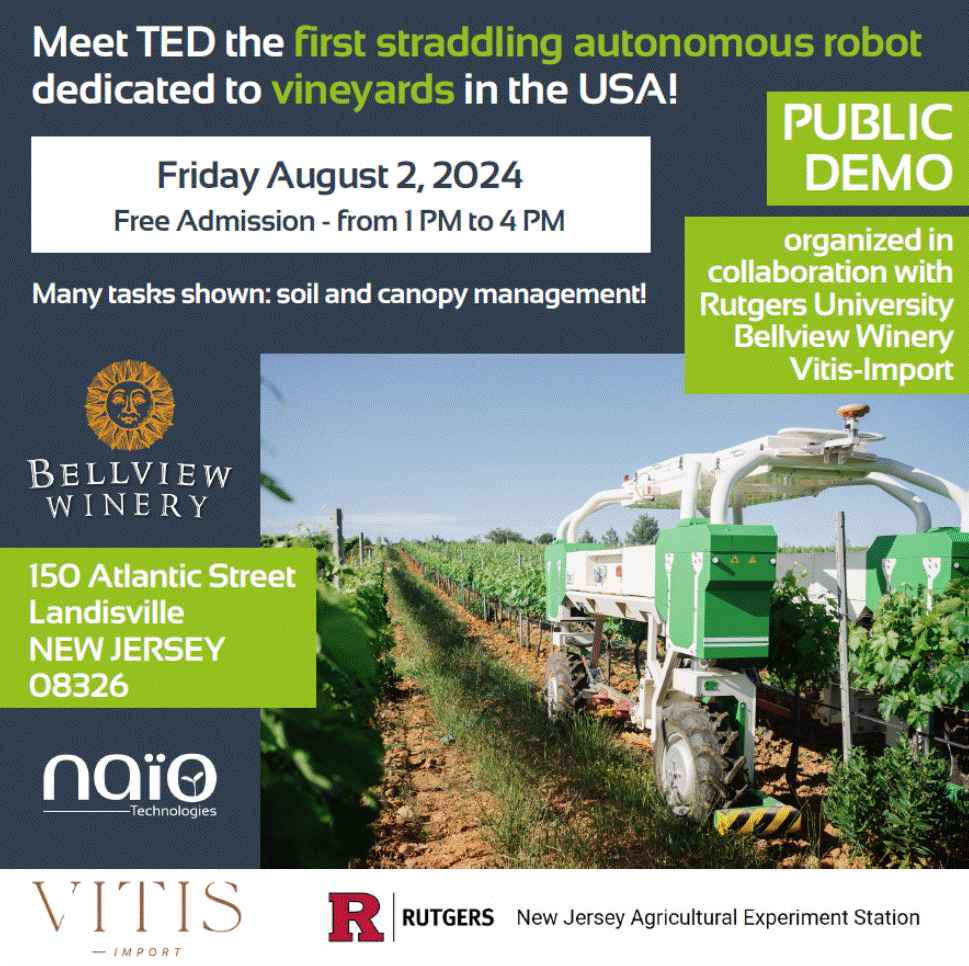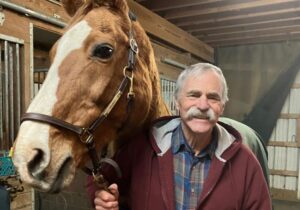Take a Quick Survey Regarding your Needs for Novel Weed Management in Perennial Crops!
Dr. Thierry E. Besançon, Associate Extension Weed Science Specialist, Rutgers University
Our interdisciplinary team of weed scientists and sociologists is conducting research under a Specialty Crop Research Initiative (SCRI) grant to understand perennial crop growers’ priorities regarding novel weed control technologies. This survey aims to identify drivers and barriers to implementing robotic weeding systems in your operations.
We seek to understand your:
- Perspectives on robotic technologies for weed management
- Specific needs and challenges in weed control
- Preferences and limitations when considering new technology adoption
This anonymous, voluntary survey takes approximately 10 minutes to complete. All information collected will be used solely to inform future research questions and outreach activities, and will not be published or distributed. This Friday, May 9th, will be the final day of the survey!
Your participation is invaluable to future developments in the industry regarding new technologies for weed management. We need more inputs from New Jersey perennial crops growers so that they have a say on the direction that weed science research will take in the future!
To contribute, scan the QR code or visit: https://iastate.qualtrics.com/jfe/form/SV_eqzMrFKtlcDjjgO

If you have questions, comments or concerns contact Dr. Thierry Besançon at thierry.besancon@rutgers.edu.




